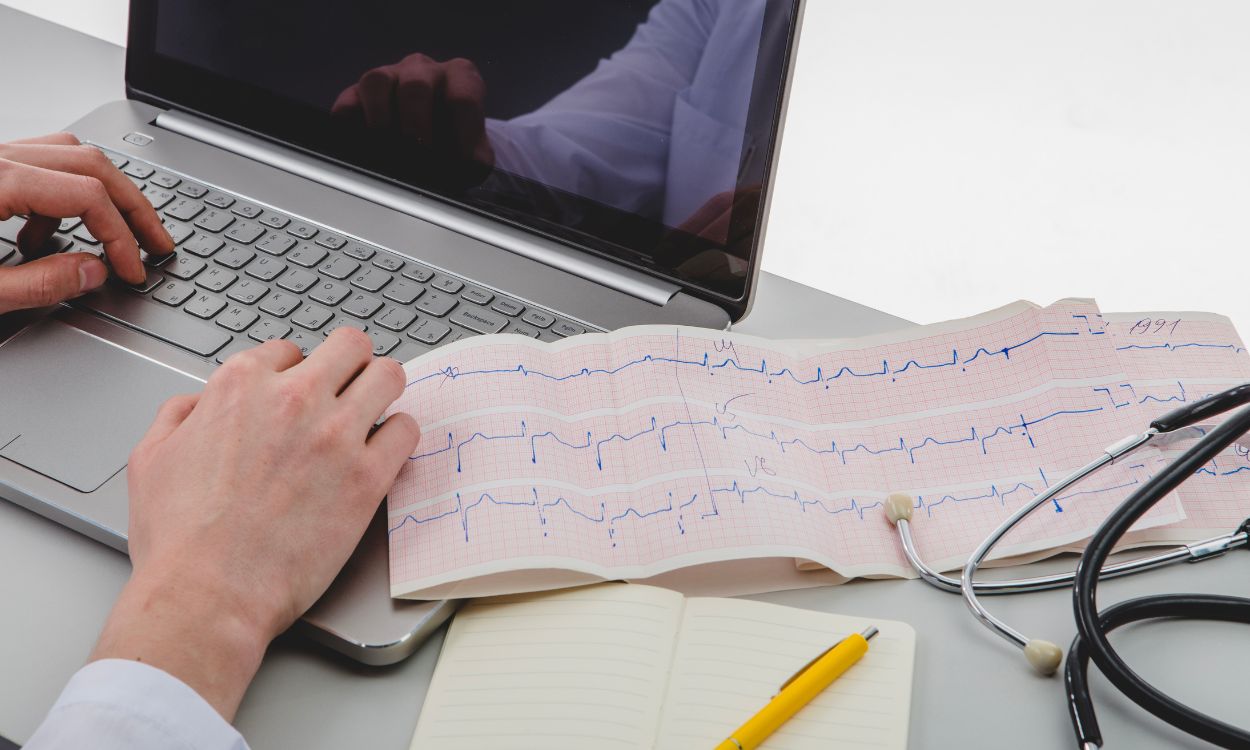Saving Lives with First Aid for Electric Shock Involving Cardiac Arrest: CPR and Automated External Defibrillator (AED)”
Electric shock accidents can happen to anyone, anywhere, and at any time. It is important to know how to respond to such emergencies, especially when it involves cardiac arrest. Cardiac arrest is a life-threatening condition that occurs when the heart suddenly stops beating. In such cases, immediate first aid can make all the difference between life and death. In this article, we will discuss the first aid measures for electric shock involving cardiac arrest, including CPR and Automated External Defibrillator (AED).
CPR (Cardiopulmonary Resuscitation) is a life-saving technique that can help maintain blood flow and oxygen to the brain and other vital organs until medical help arrives. It involves chest compressions and rescue breaths to keep the person’s heart and lungs functioning. Here are the steps to perform CPR:
- Check for responsiveness: Tap the person’s shoulder and shout, “Are you okay?” If there is no response, call for emergency medical services (EMS) immediately.
- Open the airway: Tilt the person’s head back and lift the chin to open the airway.
- Check for breathing: Look, listen, and feel for breathing. If the person is not breathing or is gasping for air, start CPR.
- Perform chest compressions: Place the heel of one hand on the center of the person’s chest and place the other hand on top. Push down hard and fast, at least 100-120 compressions per minute.
- Give rescue breaths: Pinch the person’s nose and give two breaths into their mouth. Watch for the chest to rise with each breath.
- Continue CPR: Alternate between chest compressions and rescue breaths until EMS arrives or the person starts breathing on their own.
An Automated External Defibrillator (AED) is a portable device that can analyze the heart’s rhythm and deliver an electric shock to restore a normal heartbeat. AEDs are easy to use and can be found in many public places, such as airports, malls, and schools. Here are the steps to use an AED:
- Turn on the AED: Follow the instructions on the device to turn it on.
- Attach the pads: Peel off the pads and attach them to the person’s bare chest as shown on the pads.
- Analyze the heart rhythm: The AED will analyze the heart rhythm and determine if a shock is needed.
- Clear the area: Make sure no one is touching the person and say, “Clear!” before delivering the shock.
- Deliver the shock: Press the button to deliver the shock if advised by the AED.
- Continue CPR: After delivering the shock, continue CPR until EMS arrives or the person starts breathing on their own.
In conclusion, knowing how to perform CPR and use an AED can save lives in the event of an electric shock involving cardiac arrest. It is important to act quickly and call for emergency medical services as soon as possible. At Fitpaa, we believe that a healthy lifestyle is the key to preventing many health problems. Our personalized Fitpaa Capsule can help you achieve your health and fitness goals with guaranteed results. Download the Fitpaa app today and take the first step towards a healthier you!









